
MUNCASTER HALL
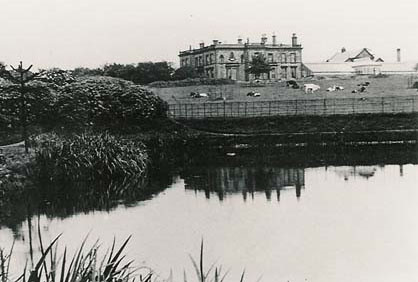
THE HALL OVERLOOKING THE LAKE
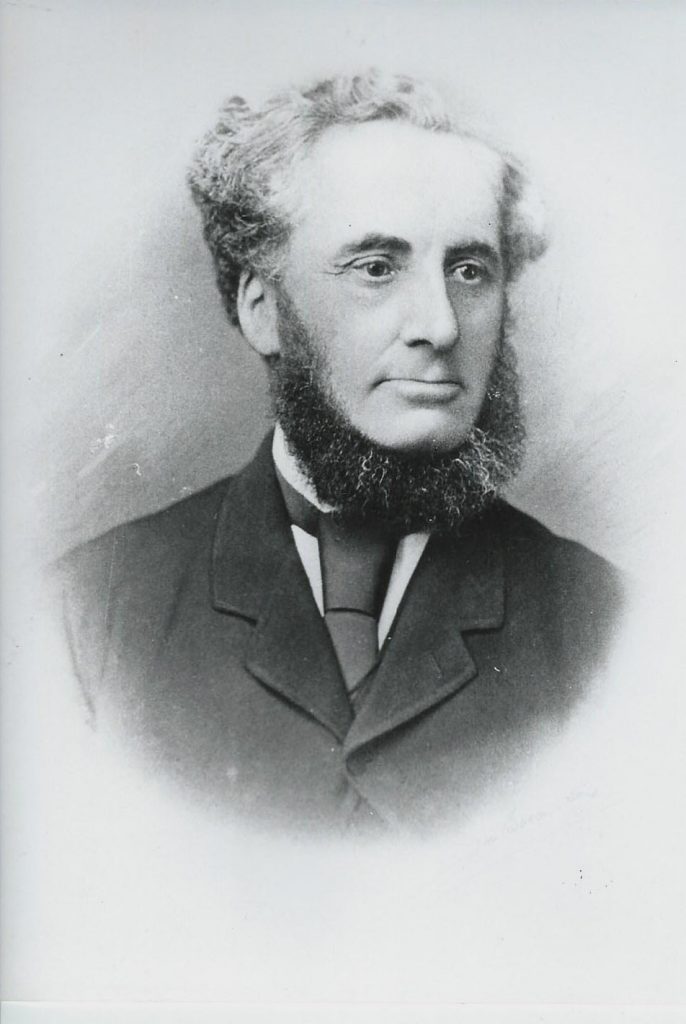
RICHARD PENNINGTON

THE SOUTH FRONT OF THE HALL
Unlike the other old halls of Rainford with their long histories Muncaster Hall was purely Victorian in its origins and architecture. In 1857 a young Richard Pennington, the son and heir of a very wealthy cotton mill owner of Hindley, was obliged to find a suitable residence away from his home town in which to set up home with Elizabeth Cash, a young mill girl with whom he had formed an intimate relationship. Richard and Elizabeth’s second child was born at School Brow in 1858 and in the same year an old farm house in Rainford known as Mount Pleasant became vacant on the death of shoe maker Daniel Rosbotham. Richard acquired the farm house from Daniel’s trustees and in October 1859 their third child was born there. Following the death of his mother who had strongly opposed any question of marriage between them, Richard & Elizabeth were finally married in Liverpool in 1861. Throughout this time Richard assisted in the management of the cotton mills at Hindley and eventually became the sole owner of both the Lowe Mill and the Worthington Mill.
During the next five years he bought several farms and houses in Rainford and entertained his wealthy friends to shooting parties over his lands. It was the scornful remarks of these visitors about the size and state of his house that prompted Richard to build the grand stone mansion house on the site of Mount Pleasant and to set out the gardens, lake and parkland surrounding it. The work was completed in 1866.
Richard took an active part in village life. He was the first chairman of the Local Board, he entertained the old folks of the village to a substantial dinner every New Year, he rebuilt and enlarged the old Church School in Cross Pit Lane, and was generous with his time and money to many causes. Richard & Elizabeth had seven more children, the last two being twin boys in 1870, but marital differences soon arose between them due to Elizabeth’s passion for drink and in December 1874 they became legally separated. Three years later, when Richard discovered that she had formed an adulterous connection with a former gamekeeper of his, he petitioned for divorce.
Richard died on the 10th of July 1887 at the age of fifty seven years leaving all his estate in the hands of his Trustees for the benefit of all his children until they reached the age of twenty one. After lengthy court proceedings the Rainford and Hindley properties were put up for auction in January 1895 and the whole of the Rainford lots including Muncaster Hall, the farms, cottages & houses totalling 315 acres were bought by the Earl of Derby for £37,000. One month later the furniture and other effects at Muncaster Hall were disposed of in a three day auction sale which left the house a stark and empty shell. It was possibly the difficulty in finding suitable tenants for such a large and expensive house that prompted the Earl to have the west wing demolished in about 1904, thus reducing the accommodation considerably. The work was carried out by Mr. James Pilkington, a local building contractor, who took the opportunity of using some of the stonework removed from Muncaster Hall to extend and embellish the front of his own house, known as the Parsonage, on the corner of Crosspit Lane and Church Road. Similar re-use was also made of a stone bay window which was incorporated into the new farm house built at White House Farm in 1909.
Following this reduction in size, the hall and its surrounding park were leased by the Earl to a succession of tenants, the last being Mr A. R. Pilkington and when he departed in 1938 the property was offered for sale. No buyer could be found until 1940 when Mr Richard Heyes, late of Mossborough Hall, bought the estate for the purpose of poultry breeding and agriculture but the hall was immediately requisitioned by the War Department for living quarters and mess for the officers of the several military units which had been set up in the village. After the war Mr Heyes and his son James resumed their poultry business using the hall itself for the deep litter system of egg production. In the late 1950’s Mr James Heyes sold a few plots of land for house building and over the following years larger plots were sold until almost the entire estate was covered with houses and bungalows.
Inevitably the hall and its outbuildings were demolished and by 1966, just 100 years since its erection, no trace of the once elegant mansion remained.
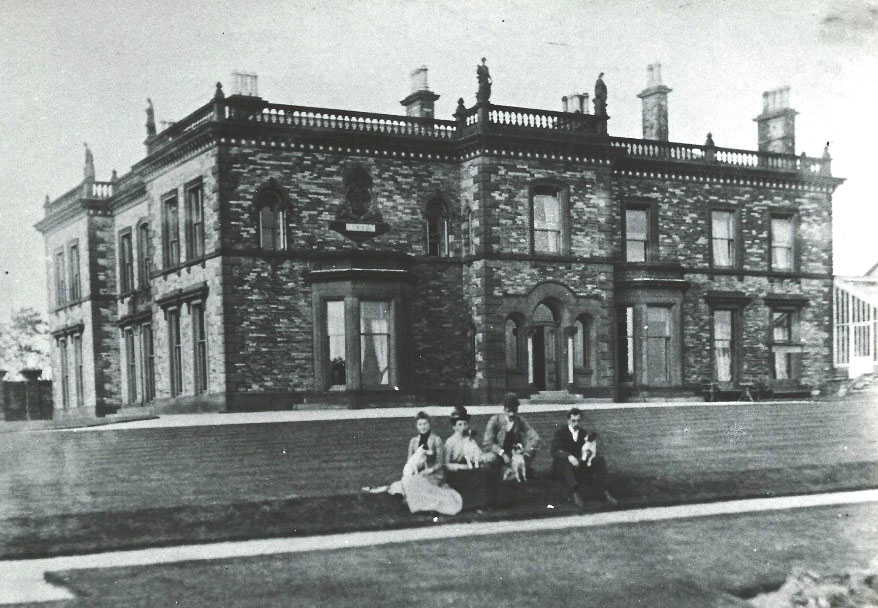
FAMILY GATHERING

THE LODGE
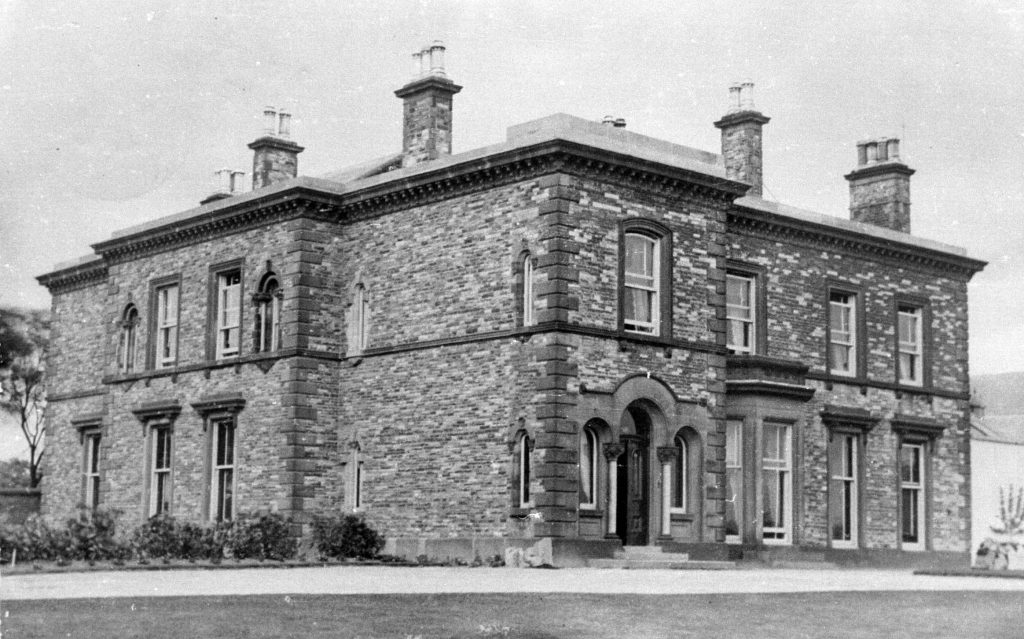
AFTER REMOVAL OF THE WEST WING
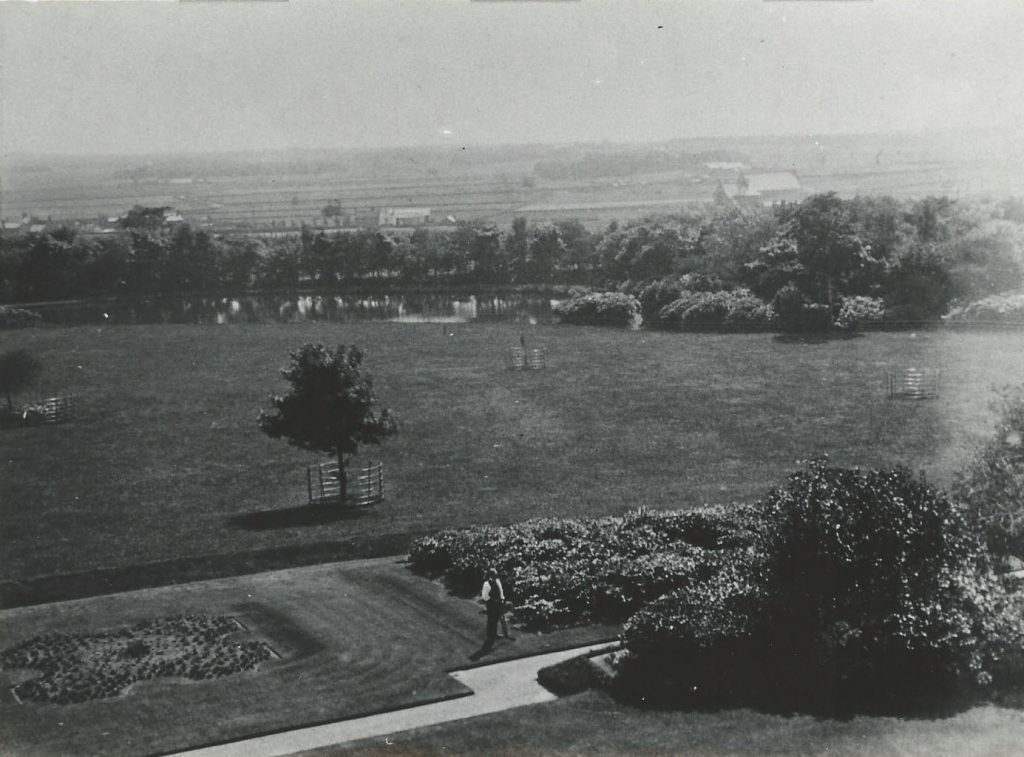
VIEW FROM ROOFTOP
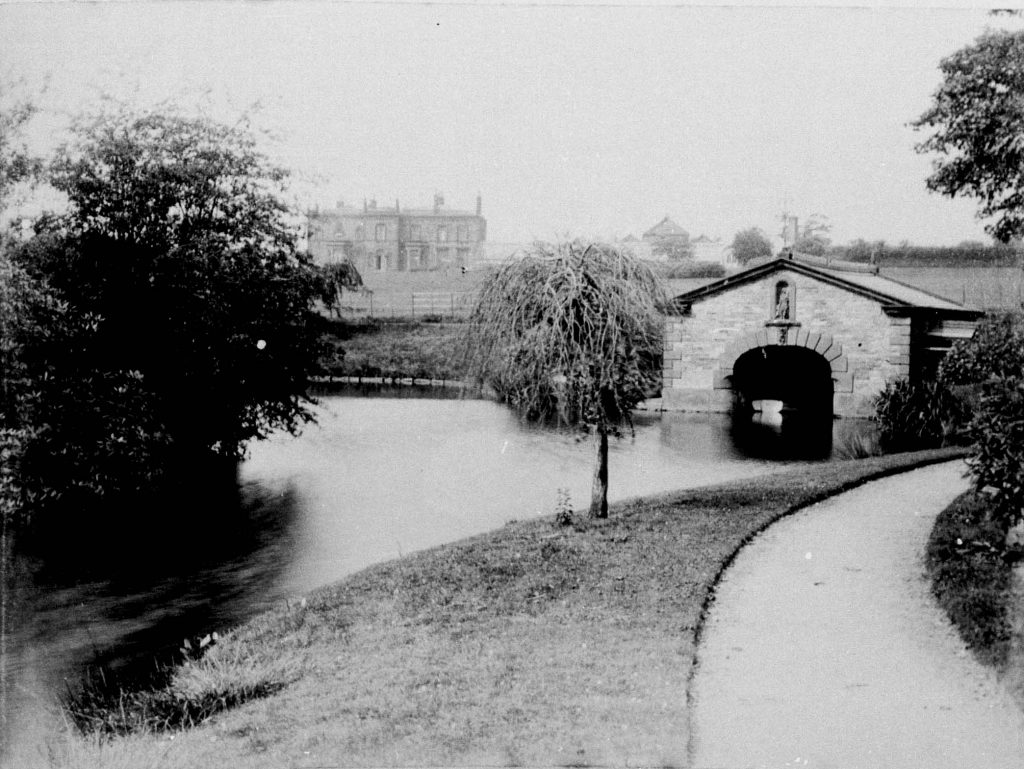
THE BOAT HOUSE
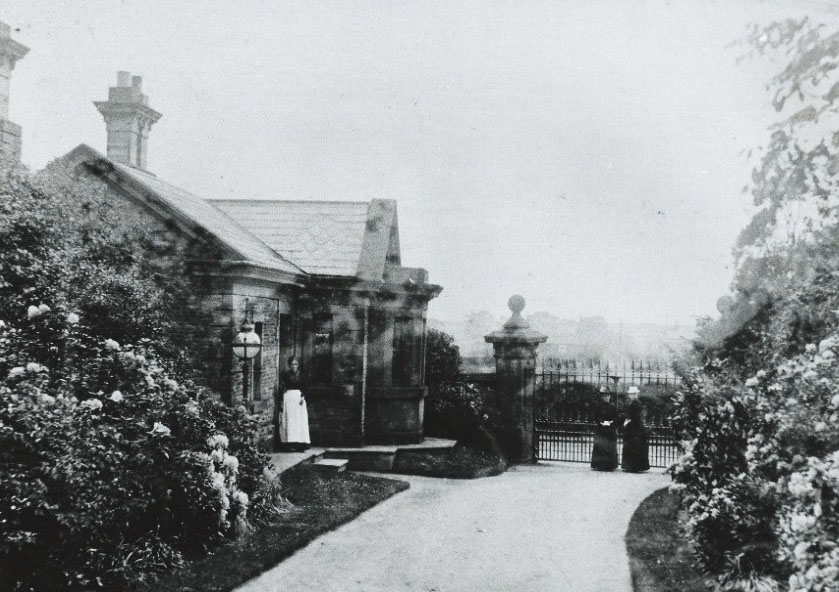
MAIN DRIVE ONTO HIGHER LANE
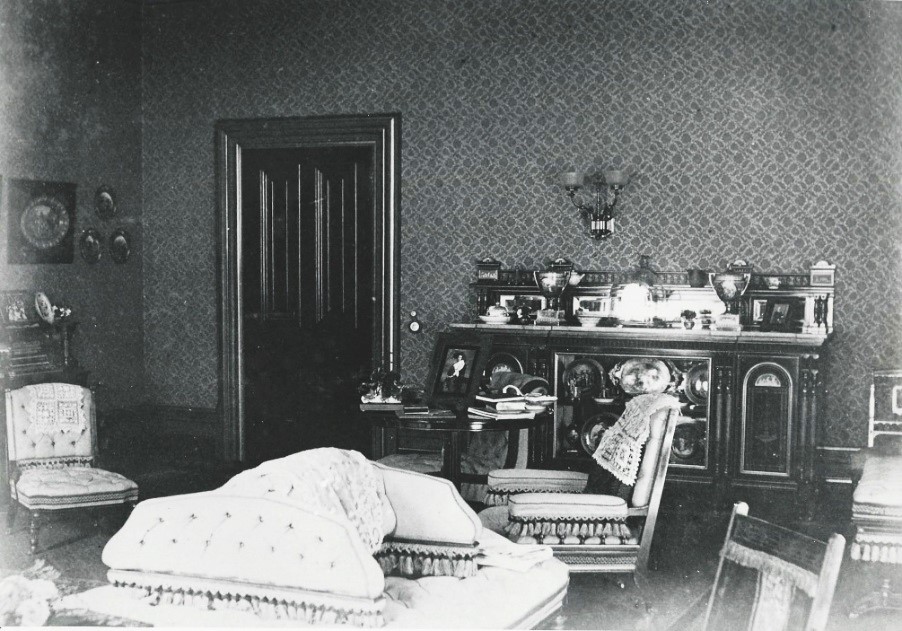
DRAWING ROOM

HALL AND STAIRCASE

BEDROOM

THE TOWER
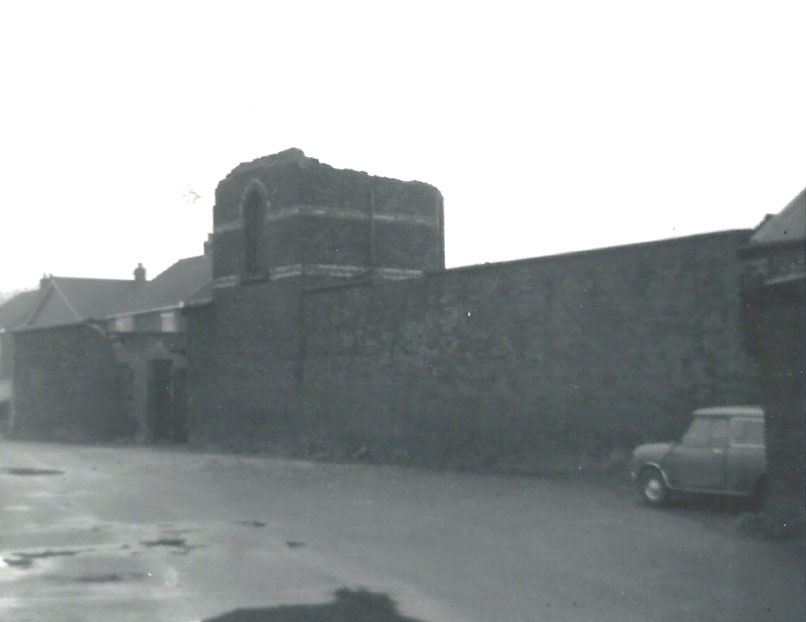
UNDER DEMOLITION
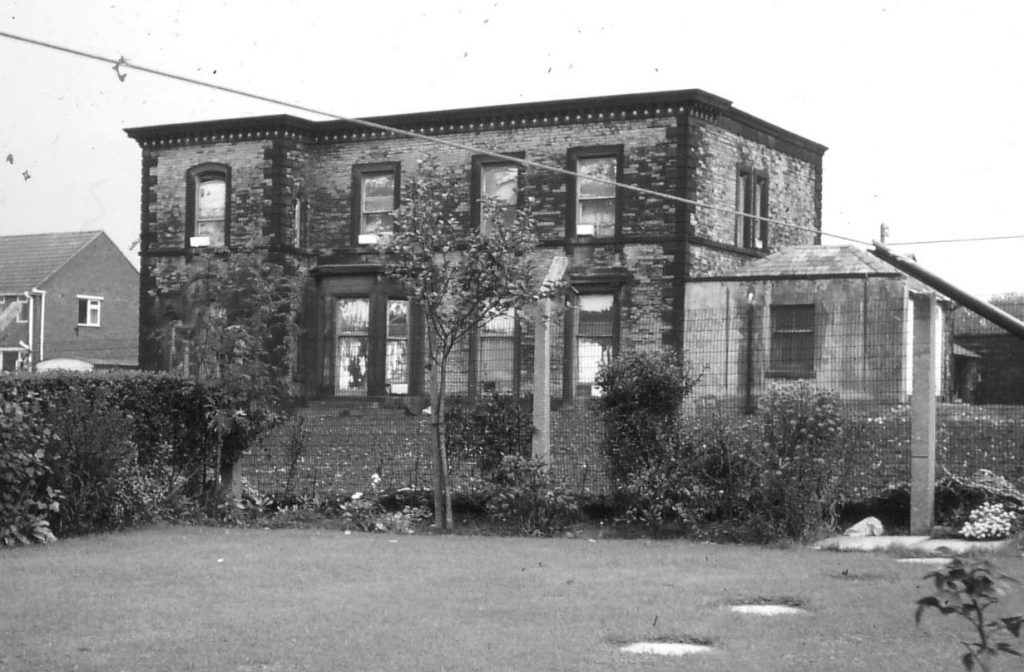
ALL THAT REMAINED IN 1965
MOSSBOROUGH HALL
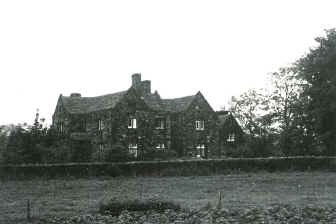
When Sir Robert de Lathom, the Lord of the Manor of Rainford, gave the Manor to his brother Thomas in the early 1300’s Thomas settled at Mossborough in a moated house on the site of the present hall. Successive generations of the Lathom family occupied the hall for the next three and a half centuries. One Henry Lathom, a staunch Roman Catholic, was persecuted for his religious beliefs during Elizabeth’s reign and in 1583 the hall was ransacked by the Queen’s officers searching for medals, rosaries or other pious objects and Henry was imprisoned at Lancaster for several years. In his will of 1618 Henry desired that he be ‘buryed at Raynfforth Chappell with as much secrecy as can bee devysed’ for by this time the Chapel was under the control of the anti-Catholic Puritans.This adherence to the Catholic faith continued long after the Reformation with a succession of resident or visiting priests saying Mass in the chapel there until as late as 1752.
Mossborough was eventually inherited by Henry’s great grand daughter Frances and on her marriage in 1664 to Robert Molyneux of Melling the estate passed into the Molyneux family. Their eldest son Robert Molyneux married Anne Poole in 1702 and it is their initials with the date 1703 which appear on a stone on the west wing of the present hall erected by them following destruction by fire of the earlier building.
On the death of Robert in 1729 the hall and lands passed to his brother William Molyneux and on his death in 1744 to his daughter Frances. She married Sir Edward Blount of Soddington in 1752 and the trustees of his estate sold the property in 1786 to the Earl of Derby whose descendants have owned it to the present day. A succession of tenants under the Earl have occupied the hall and farmed the hundreds of acres of land associated with it. The tenancy has been held by the Heyes family for the last seventy years.
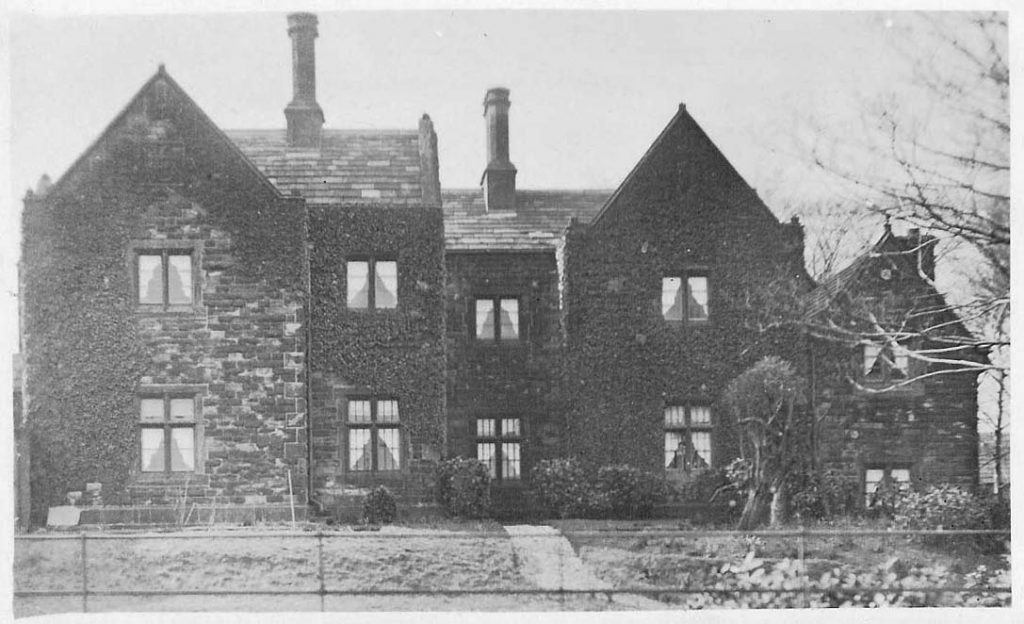
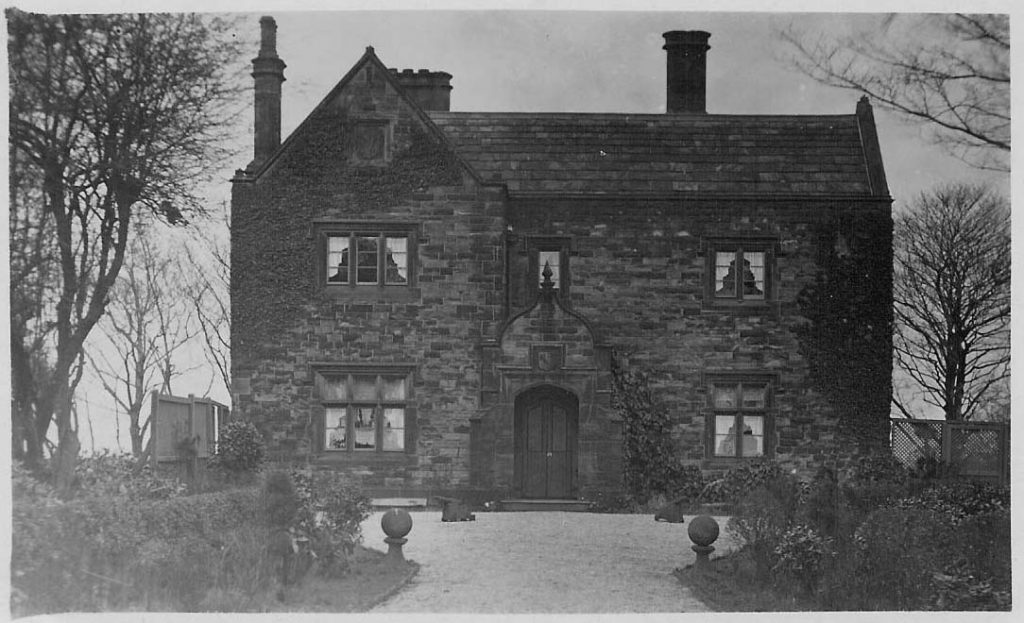
FRONT ENTRANCE
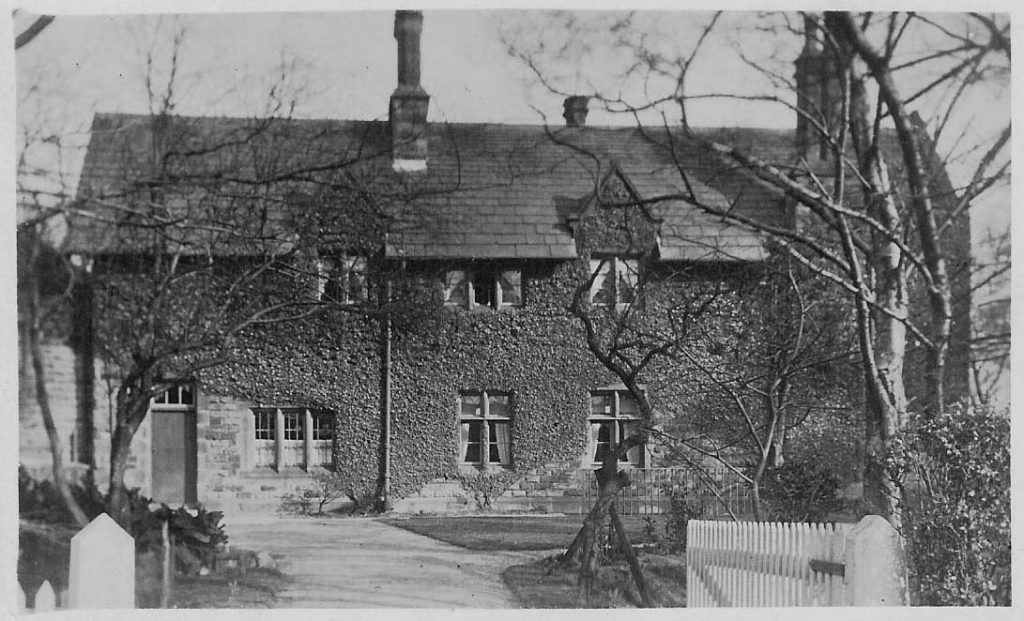
RAINFORD HOUSE
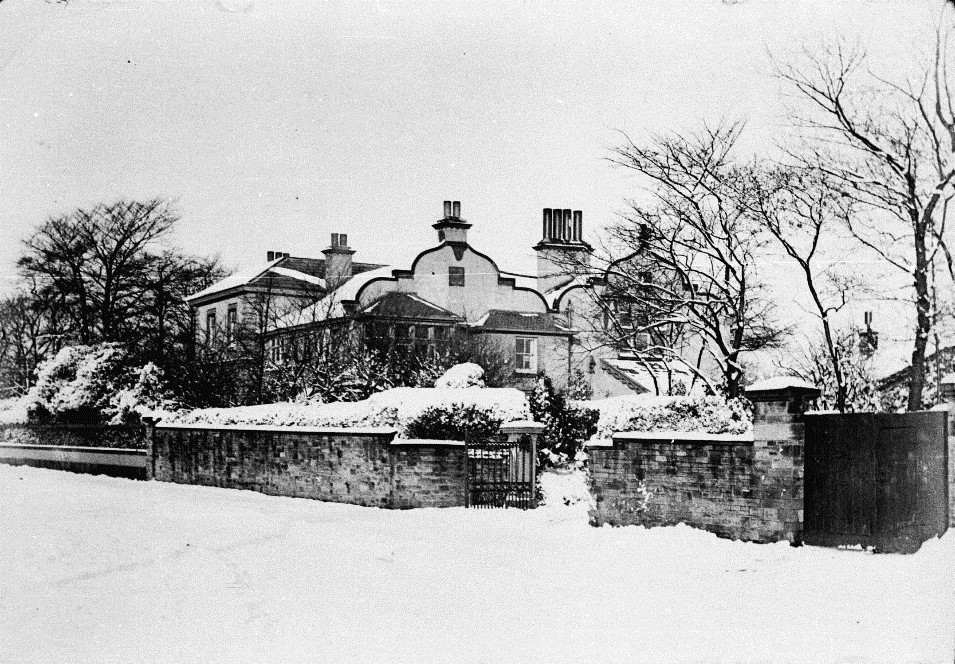
RAINFORD HOUSE IN THE SNOW
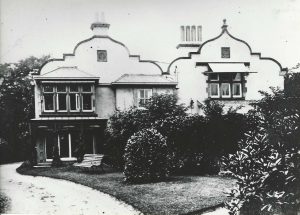
LOOKING SOUTH
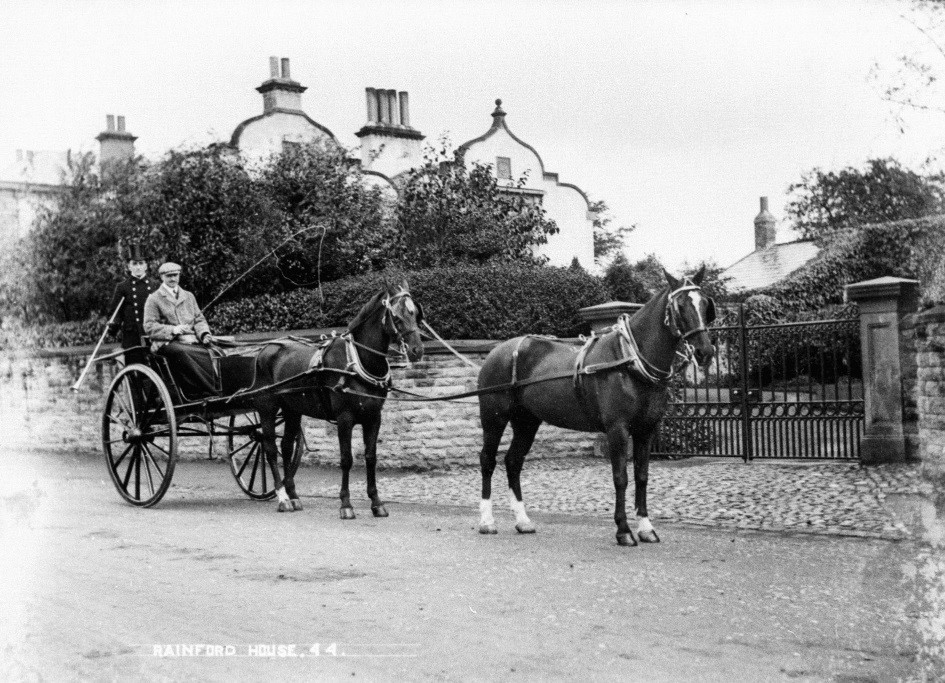
OUTSIDE THE ENTRANCE GATES
William Johnson was born about 1712 and in the year 1747 when his son William was baptised at the Independent Chapel he was in possession of a house of unknown antiquity formerly held by members of the Lyon family. He was at that time described as a carpenter but he later became a brewer and added his own brewery buildings to the house which later became known as Rainford House.
He was followed in 1795 by his son William who continued brewing here until his death in 1803. The buildings later known as Johnson’s Cottages were added during William’s time, originally as brewery outbuildings and later converted into cottages and shop. The business was carried on under the control of his widow Anne until 1818 when she leased the house and brewery to James Birch who was at that time living at Rookery House.
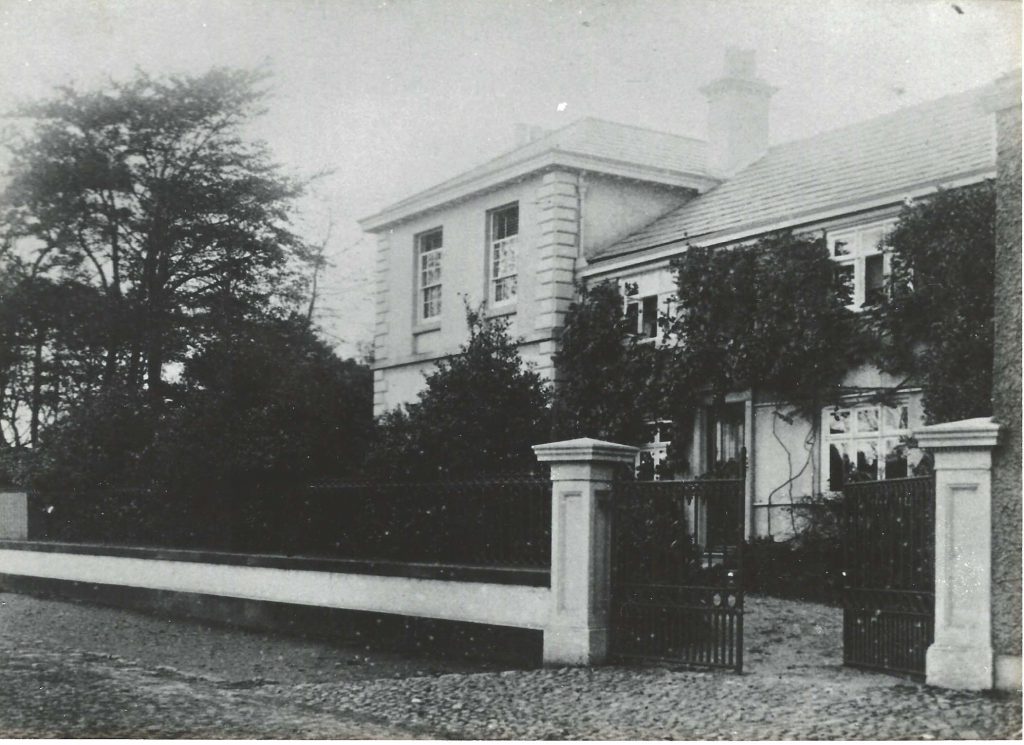
LOOKING TOWARDS ORMSKIRK ROAD
James, who was previously a pipe maker, extended the brewery and soon become the owner of several public houses in Rainford, namely Mill House, Queen Inn, Wheat Sheaf, Bottle & Glass, Eagle & Child, Maypole, New Bull and others further afield. He also bought additional land to the north of Johnson’s original land on which he built hop and malt rooms and four cottages which became known as New Barn Cottages. The whole of James’s property passed to his only daughter Mary when he died in 1847. Mary was by then married to Joseph Richardson of Manchester who was also a brewer, no doubt working with James in his later years, and they now occupied Rainford House.
Joseph Richardson died within ten months after his father-in-law and the brewery business was continued by his widow and eldest son Richard aged 25 who was the third of their twelve children. He was later joined by his brother William and eventually Richard sold his interest in the brewery and the property to his brother and went to live at Murray House. William ran the business for many years until it was sold to Greenall Whitley & Co. in 1893 and finally closed by them. When his widow died in 1929 the house and cottages were sold to the Nevin family. The building which had been James Martindale’s grocer’s shop in 1840 and later that of the St Helens Co-operative Wholesale Society then became Nevin’s shop. Modern developments have swept away all traces of William Johnson’s buildings, including the splendid Rainford House, and now all that remain are the New Barn Cottages.
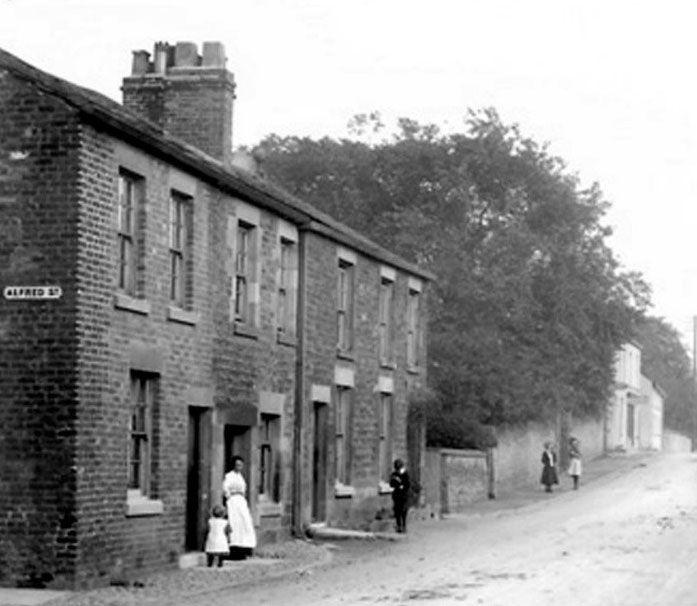
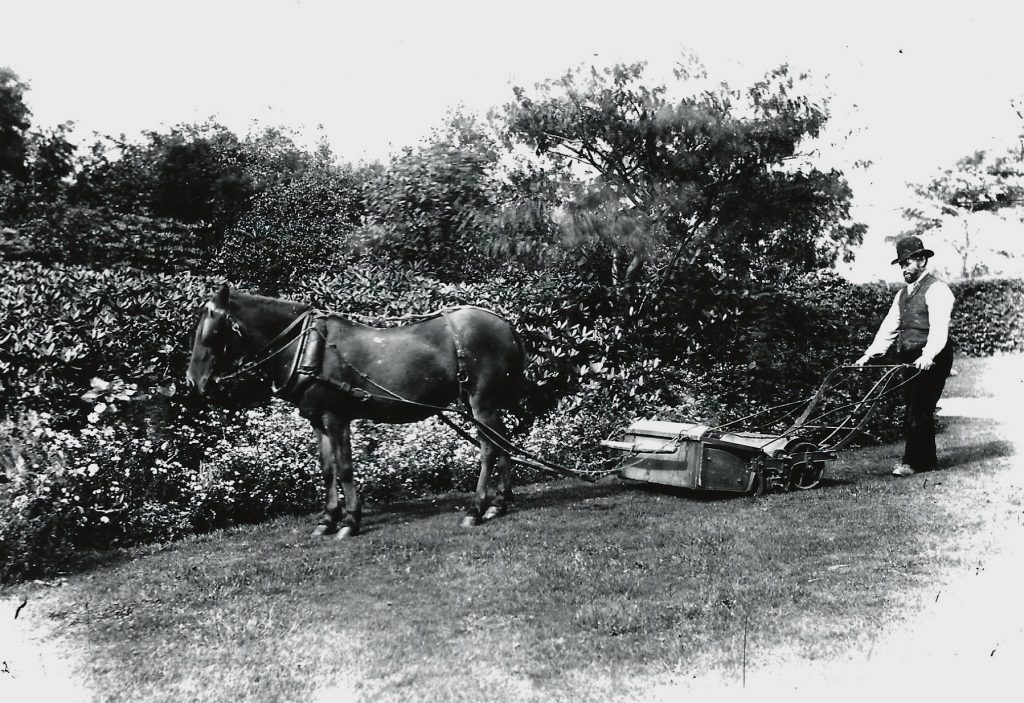
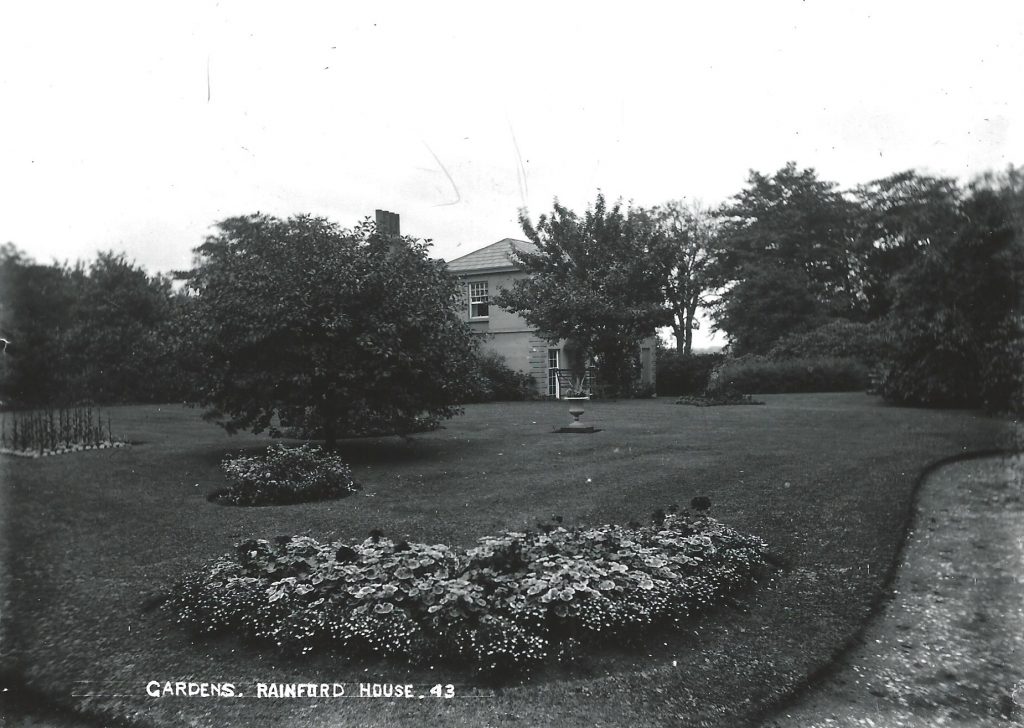
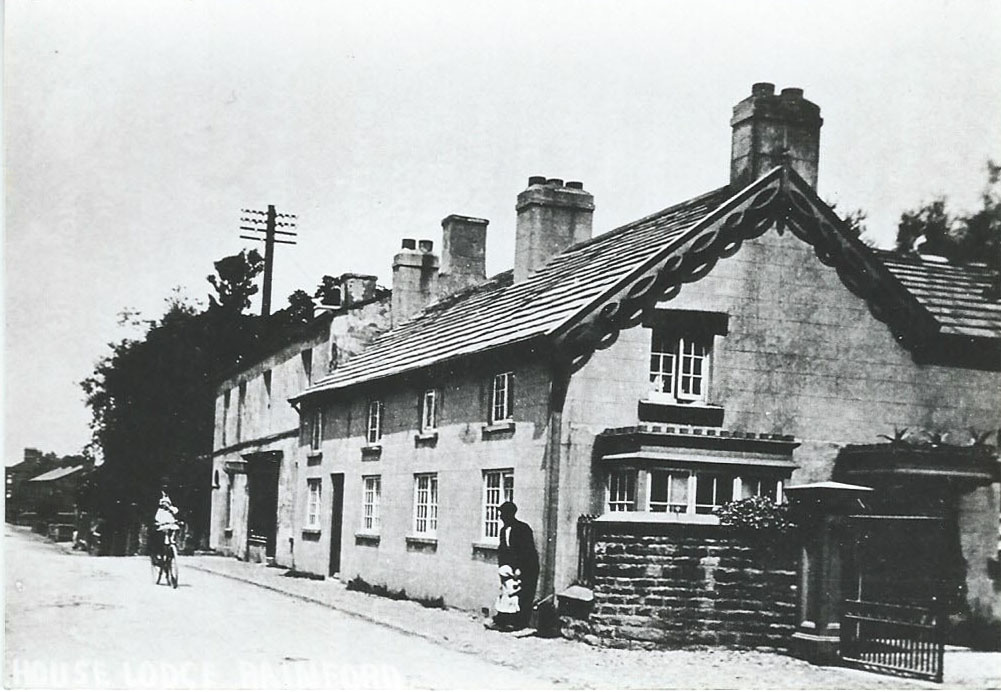
NEW BARN COTTAGES
THE GARDENER
THE GARDEN
RAINFORD HOUSE LODGE
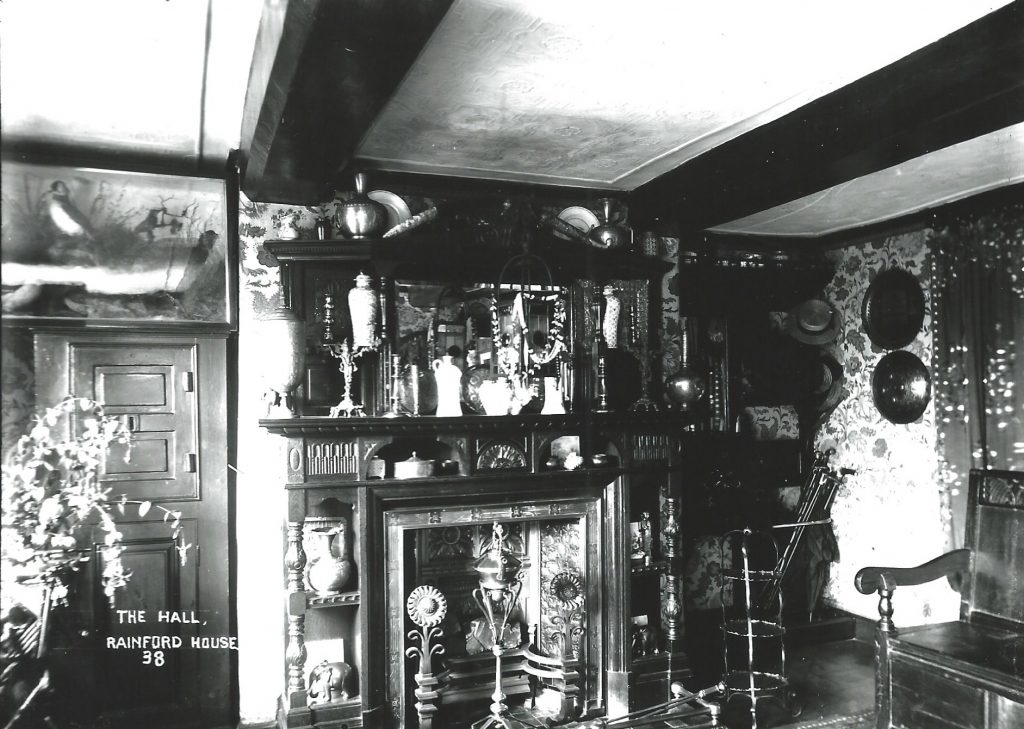
THE HALL AND TWO OTHER ROOMS
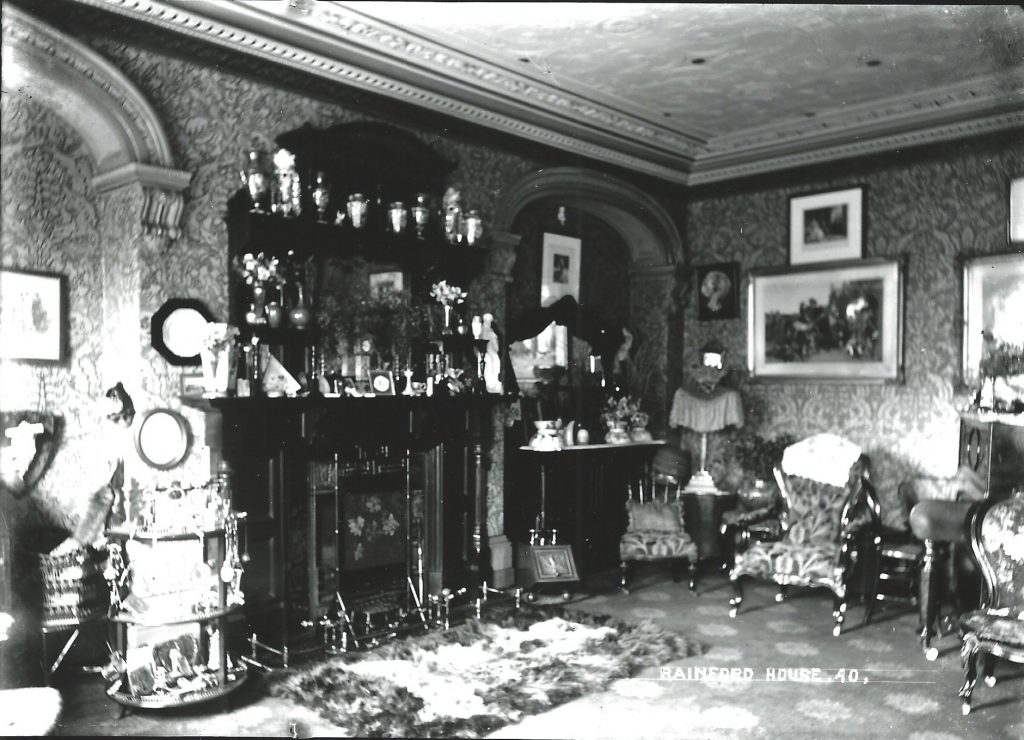
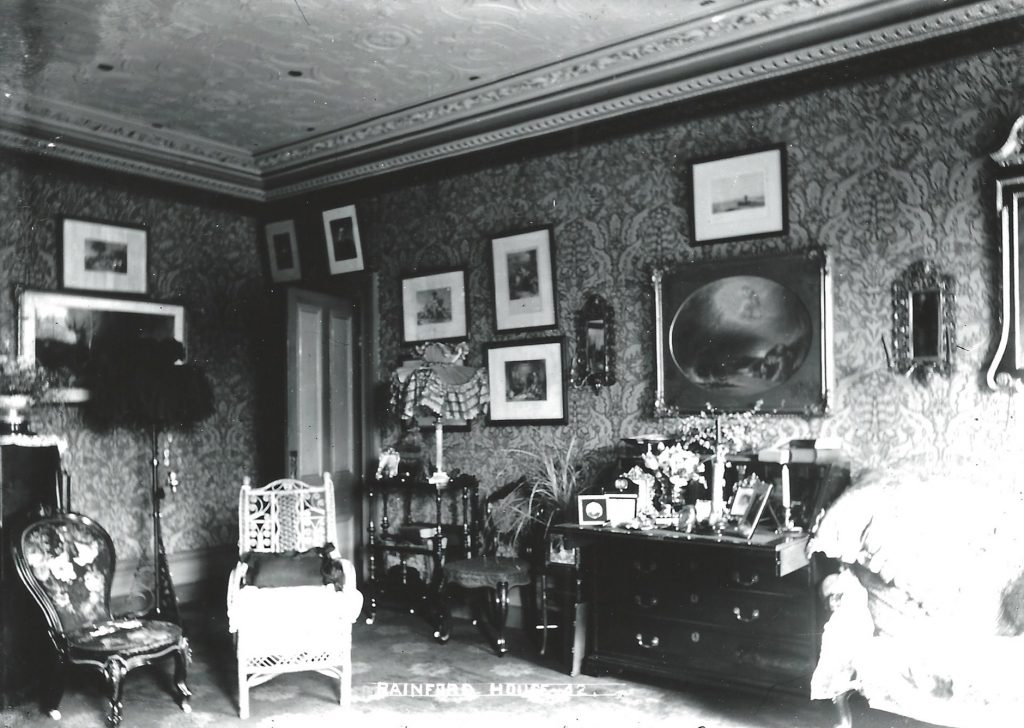
THE PARSONAGE later THE WOODLANDS
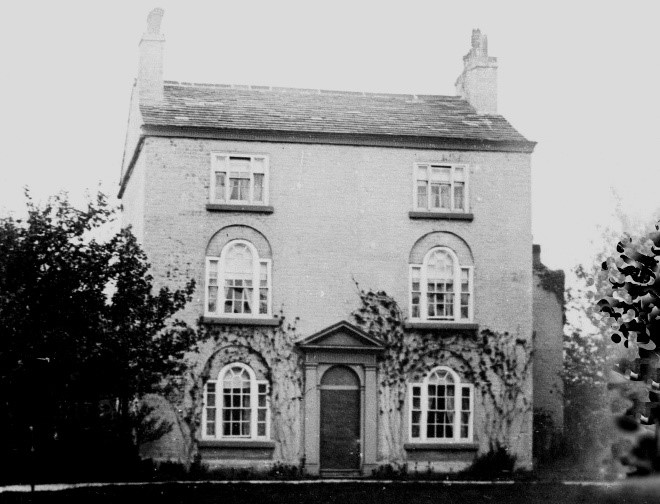
ORIGINAL FRONTAGE
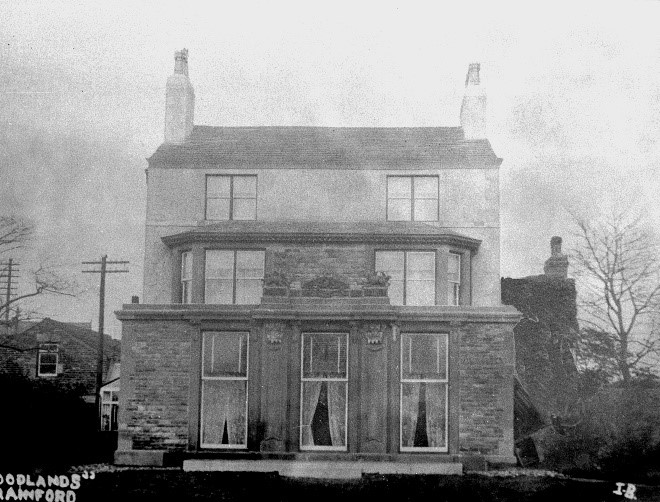
ADDITIONAL FRONTAGE FROM MUNCASTER HALL
When the Reverend Mathew Robison was appointed Curate of Rainford Chapel in 1778 there was apparently no dwelling place here for the use of the Minister. A little cottage known as the Chapel Chamber which had been erected for this purpose in the Chapel Yard about 150 years earlier was now no longer habitable and the Minister was obliged to live in Prescot.
A note attached to “An Account of the annual profits of the Curacy of Rainford for 1783” tells us that :-
Revd Mr Robinson soon after possession of the Rainford Curacy purchased a small freehold Croft from the Earl of Derby at £30 upon which he built a neat House of Brick containing 4 rooms on a floor, erected with monies chiefly borrowed upon the Profits neatly arising from Estates belonging to ye Curacy agreeable and duly once given for that purpose by a late Act of Parliament, he being obliged to pay the interest of the money borrowed.
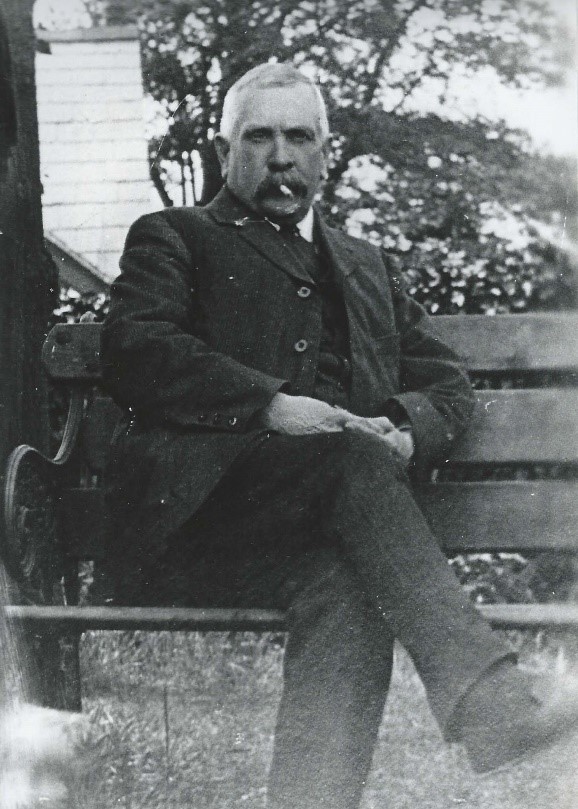
This would put a date of about 1780 for the erection of this building.
On the death of Mathew Robinson in 1807 his successor, the Reverend William Ellam, occupied the house and by 1812 he had added some outbuildings to the property.
The house remained The Parsonage for subsequent Curates and Vicars up to and including the Reverend John Bridger who became Vicar in 1892. Soon after his arrival he undertook the building of a new Vicarage on land opposite the Church. Under his guidance the money was raised by one means and another and in 1896 he and his family moved into their new home “after four years in the small and inconvenient old vicarage”.
The old Parsonage was immediately sold for the sum of £700 to Mr James Pilkington, building contractor, then resident at the Dial House on Higher Lane. Mr Pilkington, who had bought the contracting business and premises in Mill Lane belonging to the late Peter Middlehurst in 1889, took up residence in the house, re-named it ‘The Woodlands’ and established his offices in the outbuildings.
In 1905, when contracted to carry out some work in reducing the size of Muncaster Hall, he re-used some of the demolished stonework to add bay windows and external steps to the front of his house.
After the death of James Pilkington in 1918 the business was conducted on behalf of his Executors by Thomas Winstanley and it was subsequently bought by him, together with the house and offices, in 1928. He occupied ‘The Woodlands’ until his death in 1956.
RAINFORD VILLA, HIGHER LANE
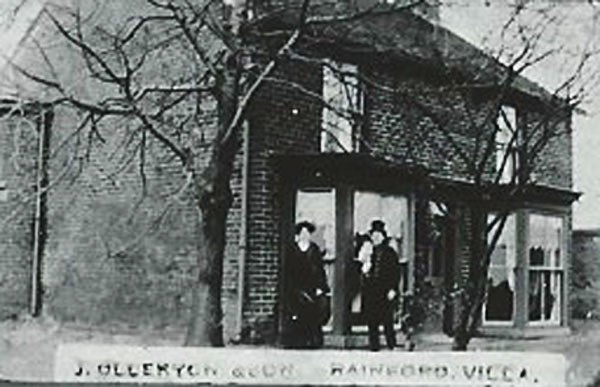
Rainford Villa, the home of J. Ollerton and Son, a family firm of horse-drawn coaches for weddings and funerals.
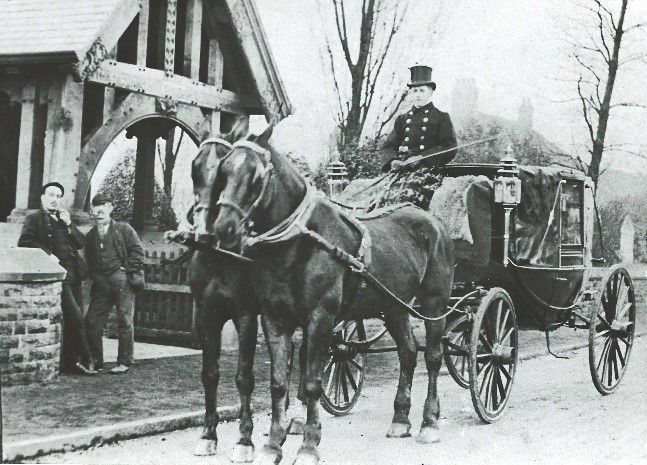
DAMSON TREE GROVE FARM
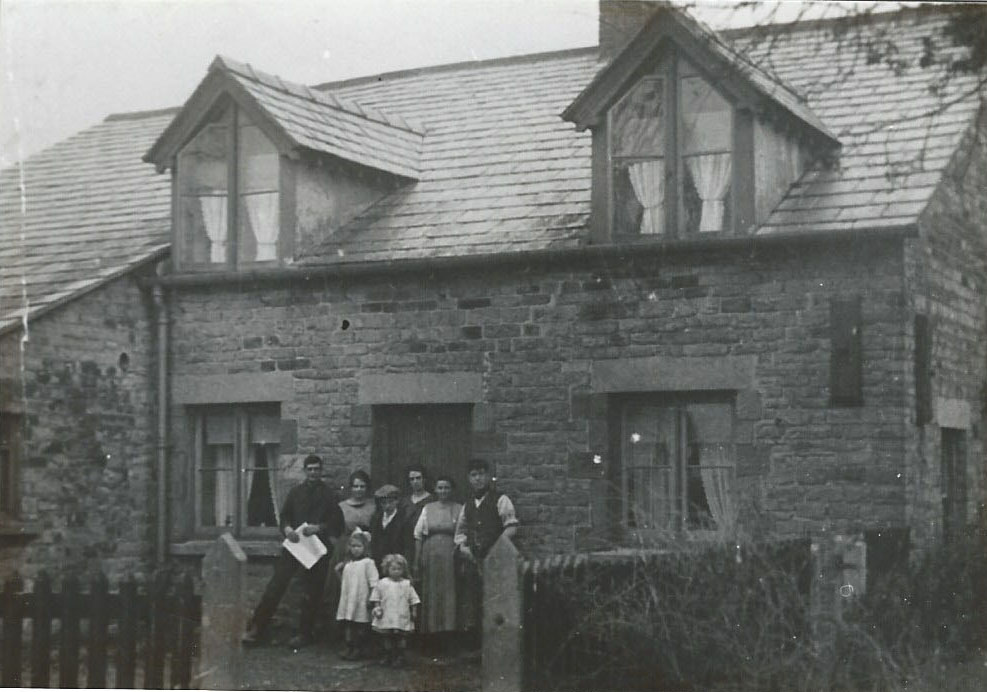
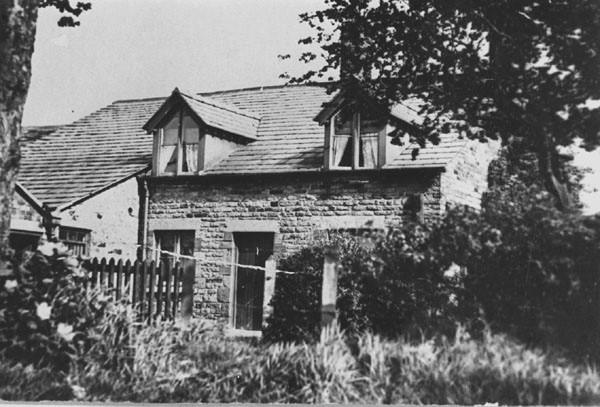
In 1798 the Reverend Matthew Robinson, who had been the minister at Rainford Chapel since 1778, possibly foresaw the need to provide a home for his wife and eight children after his death or retirement when the Parsonage, which he had built on his arrival in Rainford, would be required for the incoming minister. To anticipate this need he purchased five fields amounting to about ten acres from Mary Allanson, widow (neé Goore, daughter of John Goore of Rainford) for the sum of £294. This land, which originally belonged to the Mollineux family of Mossborough Hall, had been sold to Mary Goore in 1758 as part of the Rainford Villa estate, the remainder of which was sold by Mary Allanson to James Hewitt at the same time as her conveyance to Matthew Robinson.
Rev. Robinson built a stone farm house and buildings on the Old Lane frontage of his land and he lived there with his family until his death In October 1807. By his will he ordered his executors to hold the estate in trust for his family until the death of Elizabeth when they were to sell the same by auction, providing the youngest child had reached her majority.
Mrs Robinson lived on until May 1834 by which time all the surviving children had reached the age of twenty one. The premises were duly put up for sale by auction at the ‘Eagle & Child’ on the 29th of September. Although described as “an agreeable retreat for a respectable family either as an occasional abode during the summer, or in the sporting season” the highest bid was only £1080 and it was withdrawn. In the following January the property was sold privately to Dr. Zachariah Sillar for £1200. Dr. Sillar had been practising medicine in Liverpool before he and his family came to Rainford but their time at Old Lane was very short for in 1837 he bought the ‘Lyon House’ in Crank which he renamed as ‘Rainford Hall’. In the same year he sold the farm in Old Lane to the Earl of Derby for £950 but from later records he appears to have leased it back and rented it out to un-named tenants.
RAINFORD VILLAGE HALL 1907
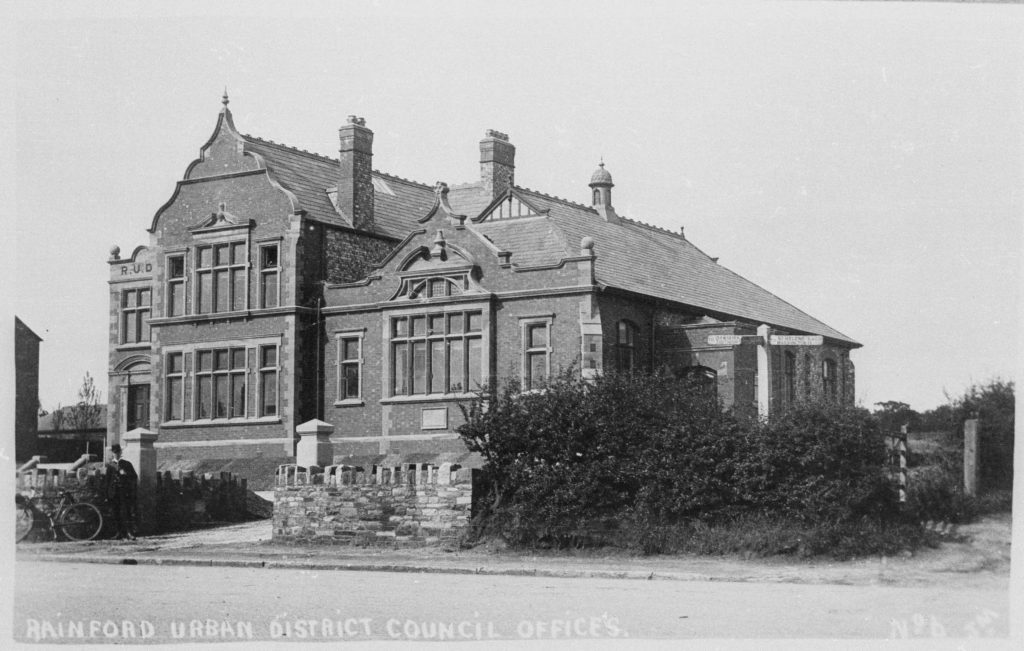
RAINFORD VILLAGE HALL BUILT IN 1907

EXTENDED ON THE LEFT IN 1935
In May 1872 a large meeting of ratepayers was held to discuss the adoption of the Local Government Act of 1858. After a stormy discussion an overwhelming majority voted in favour of forming a Local Board of 15 members, who were chosen at a later meeting to represent every interest in the village as far as possible. From this time onward the Rainford Local Board first held their meetings in what we now know as the Golden Lion but was then still known as ‘Alpine House’ a boarding school for girls which had closed in 1871.
Committee meetings were held there until 1876 when plans were being made to replace the Old Chapel. The original Golden Lion needed to be demolished to make way for the new church so licensee James Birchall agreed to move into ‘Alpine House’ but insisted the name be changed to the Golden Lion.
At the same time in 1876 John Fazackerly, farmer, who lived next door in the old farm house moved to Church Farm enabling the Local Board Committee to use the old farm house which was re-named ‘Alpine House’.
In 1894 the Local Government Act created a system of rural and urban district councillors with elected councillors and by 1895 the Local Board had become Rainford Urban District Council.
In 1898 Alpine House, also the home of the Clerk of the Council, was in need of repair and deemed “unfit for human habitation”. Negotiations began with Lord Derby – either for repairs or a suitable site to erect a new building.
Lord Derby, in 1901 offered the council a plot of land containing 4,400 square yards at a rent of £1 per annum for 99 years. The scheme was opposed for some time but later overcome by Lord Derby’s offer of a donation of £750 provided that a public room formed part of the scheme.
Architects Messrs Gandy of St. Helens were appointed to design the building and the work was carried out by James Pilkington, Builder and Contractor, Mill Lane, at a cost of £2,400. The building comprised of a public assembly room, 60ft long by 34ft wide, occupying the whole of the south side; a reading room and two offices for the council. Above the offices were the Council Chamber, a committee room and further offices.
On 25th July 1907, Lord Stanley, on behalf of his father Lord Derby, attended the Evening Opening of the Hall. Using the ‘Beautiful ceremonial key’ he unlocked the door and invited the Chairman in. Later Lord Stanley was presented with the key declaring it was the first time he was given a key that actually opened a building.
Extensions were added later.
THE STOCKS
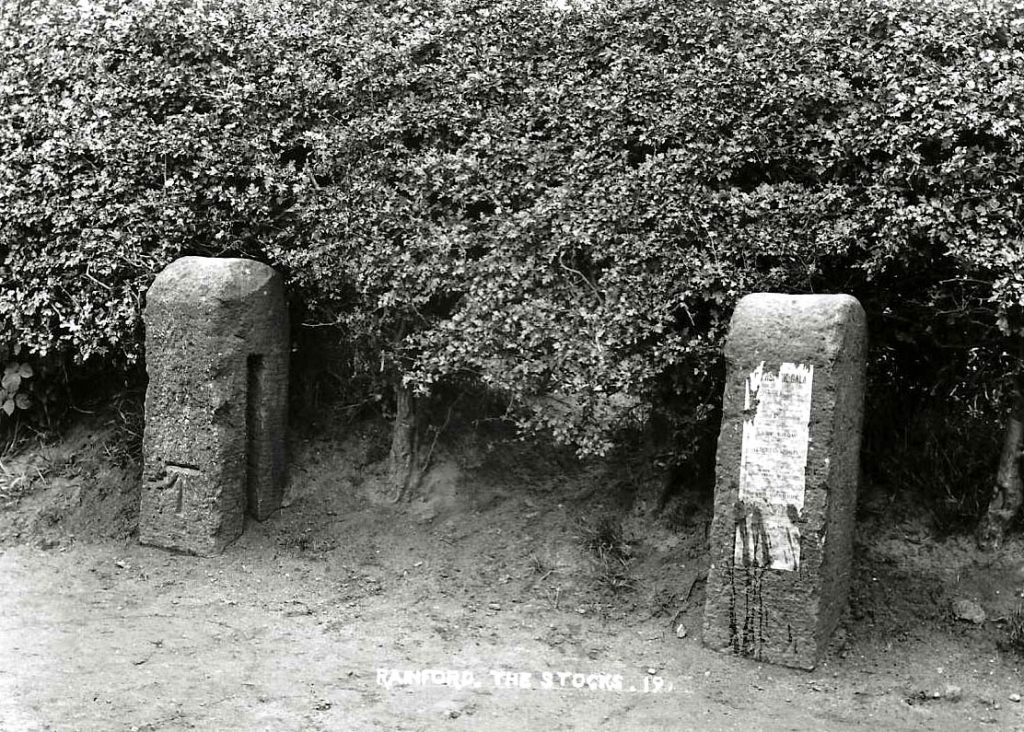
The old village stocks for the punishment of felons have stood on the corner of Mossborough Road and Church Road for centuries. The two stone pillars were all that remained after they fell into disuse but in recent times they have been restored (though not in a working order, unfortunately).